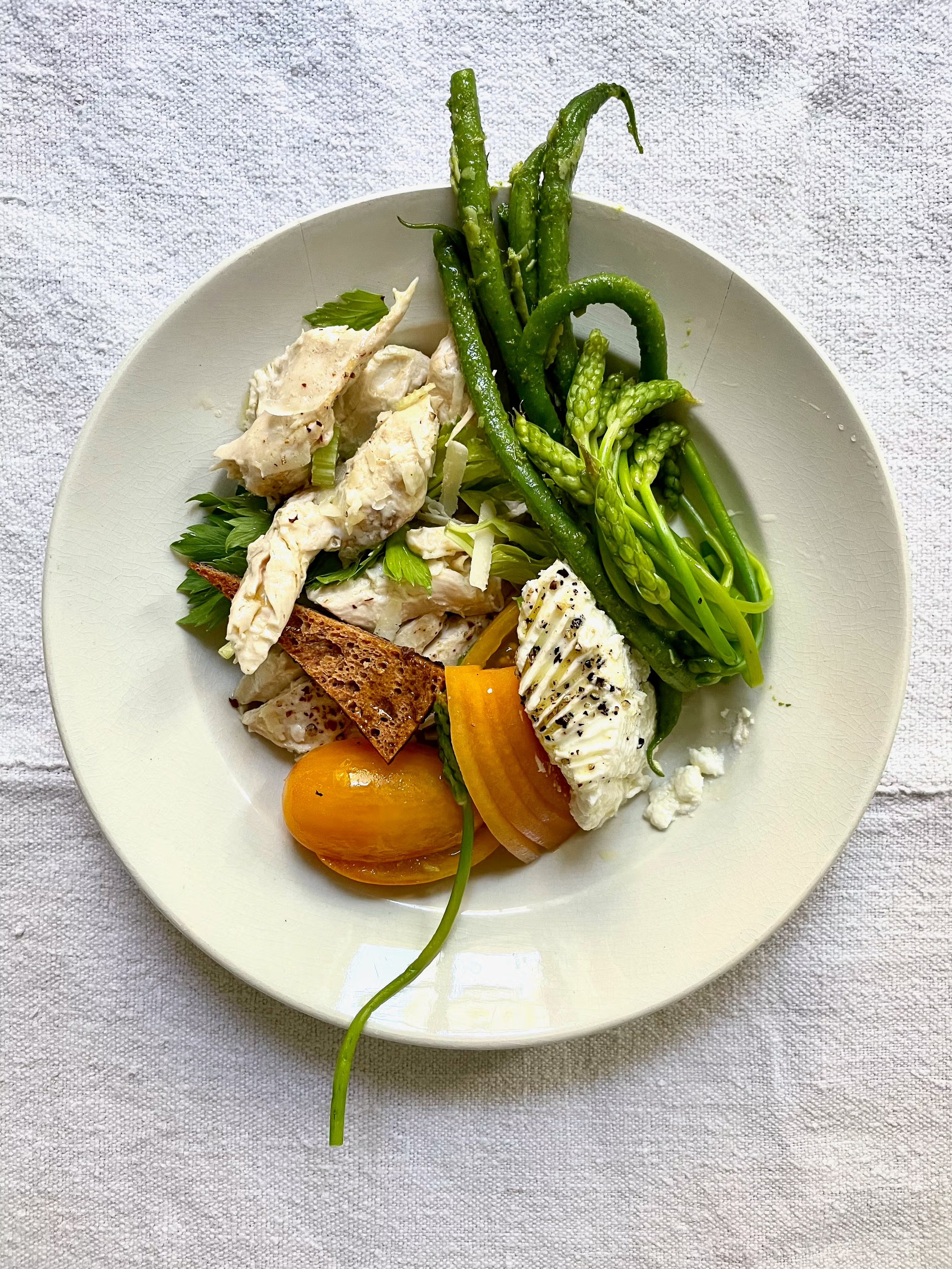In Hospitality, Looks Aren’t Everything
Courtesy of Griegst.
In Hospitality, Looks Aren’t Everything
with Gemma Bell, Jules Perowne and Camille Calancha
By HURS Team
Hotels and restaurants have never looked this good. In an era where visuals dominate our lives, the hospitality industry is increasingly shifting its focus from experience to aesthetics. With social media platforms like Instagram and TikTok shaping consumer choices, restaurants and hotels are often designed with one goal in mind: to look perfect online. The result? Many establishments are beginning to lose their distinctiveness, blending into a sea of spaces that prioritize visual appeal over genuine hospitality.
For modern consumers, how a space looks has become a key factor in where they choose to dine or stay. In a recent American Express study, almost half of respondents said a top motivation for travelling is to visit a destination that will look good on social media, and 48 per cent want to travel somewhere they can show off on social media. While design has always played a role in hospitality, the rise of our collective visual-first mindset has taken it to new extremes. Some guests are more concerned with snapping the perfect photo than enjoying the experience itself. Restaurants and hotels, in turn, are chasing the same visually-driven trends, creating a landscape where many spaces feel polished but ultimately hollow. The emphasis on aesthetics is causing a loss of individuality, as places start to feel more like sets for social media than unique destinations rooted in service and community. Stunning photos and curated experiences draw people in, yet often the experience itself can fall flat.
But does a beautiful space have to come at the expense of great service? Not necessarily. When done thoughtfully, design can enhance the overall guest experience. It can be a reflection of the establishment’s lens on culture, and with it craft meaningful stories that deepen one's connection to the brand and the destination itself. The challenge for today’s hospitality industry is finding the right balance—creating spaces that not only look good on camera but also deliver the kind of memorable experiences that keep guests coming back.
As restaurants and hotels continue to evolve in this image-driven world, the key will be blending visual appeal with authenticity. In the end, hospitality is about much more than appearances; it’s about creating spaces where people feel welcome, engaged, and part of something real. We asked four industry experts for their take.


































